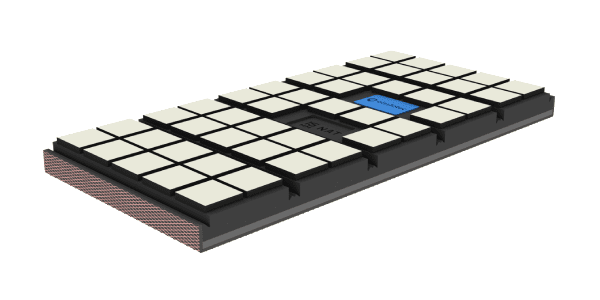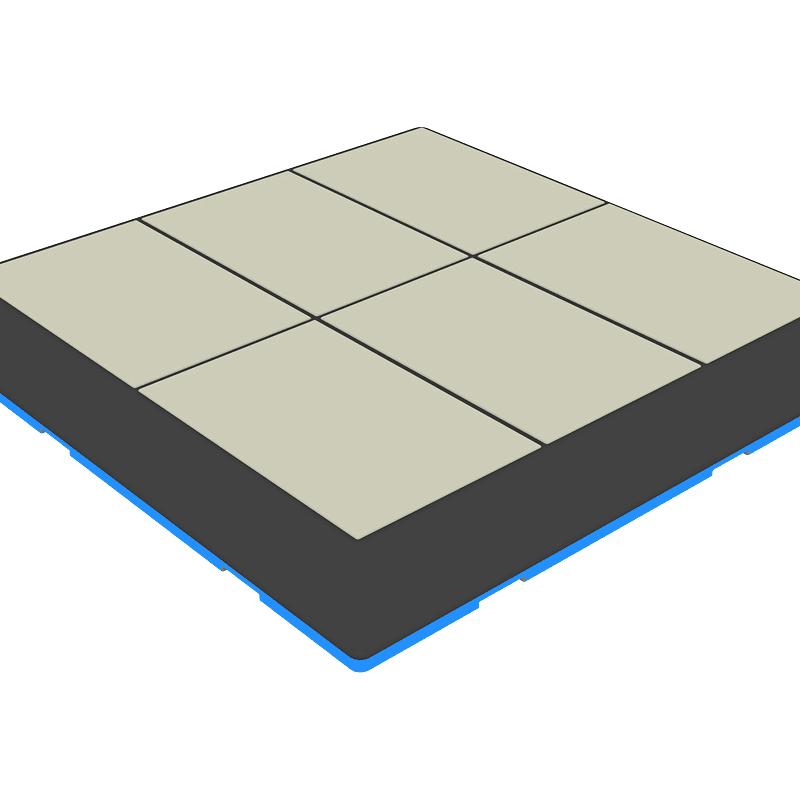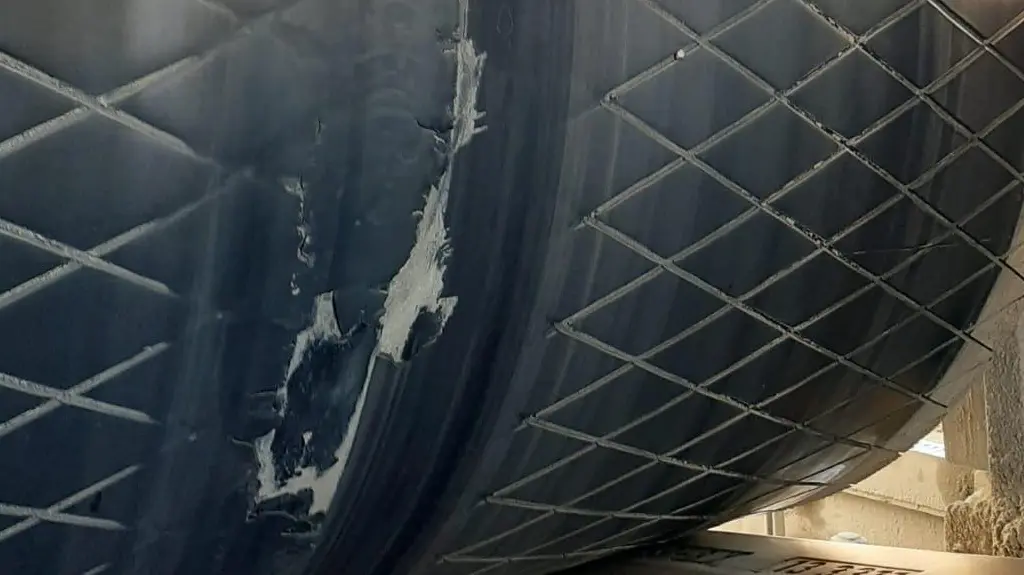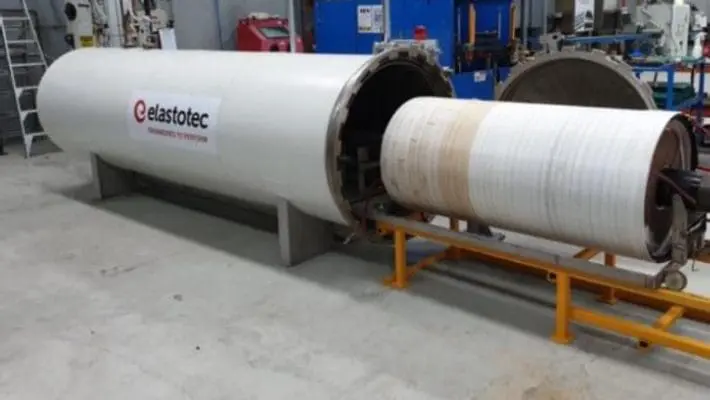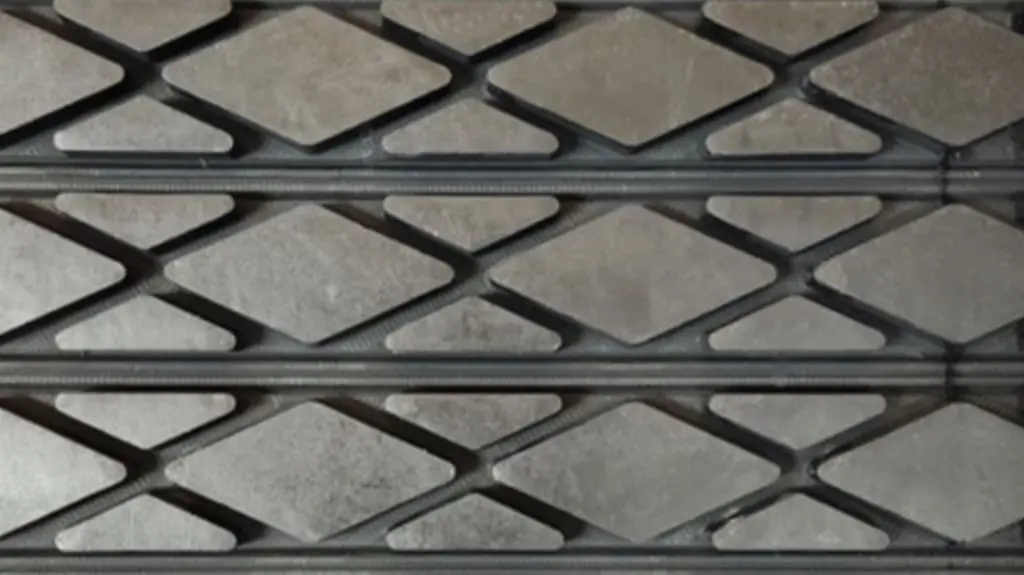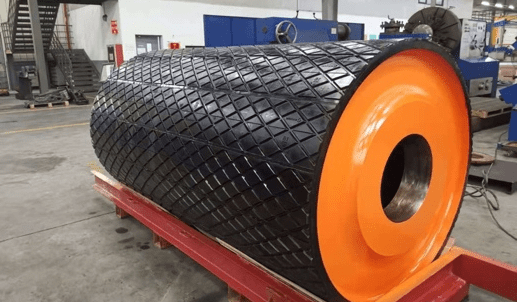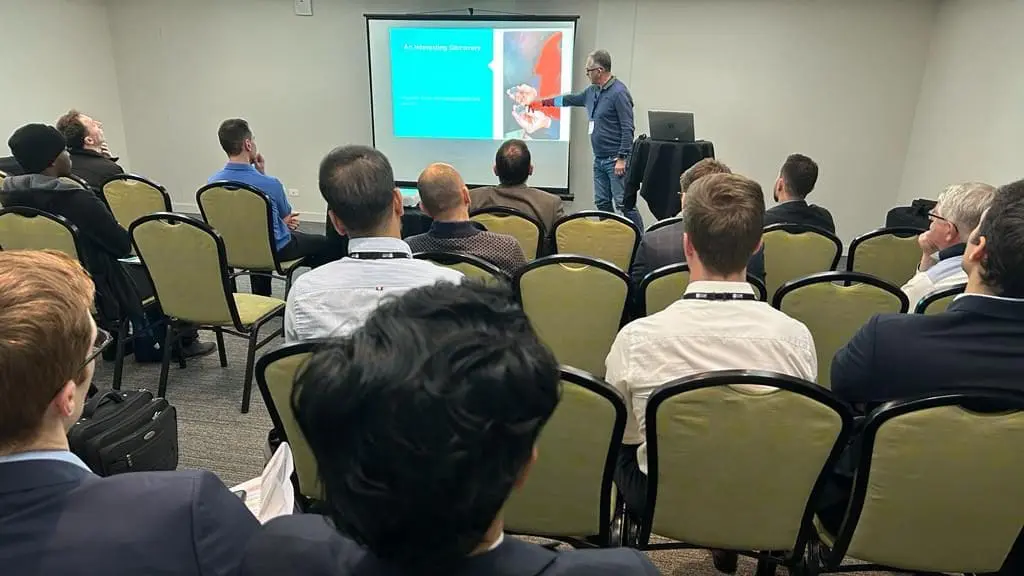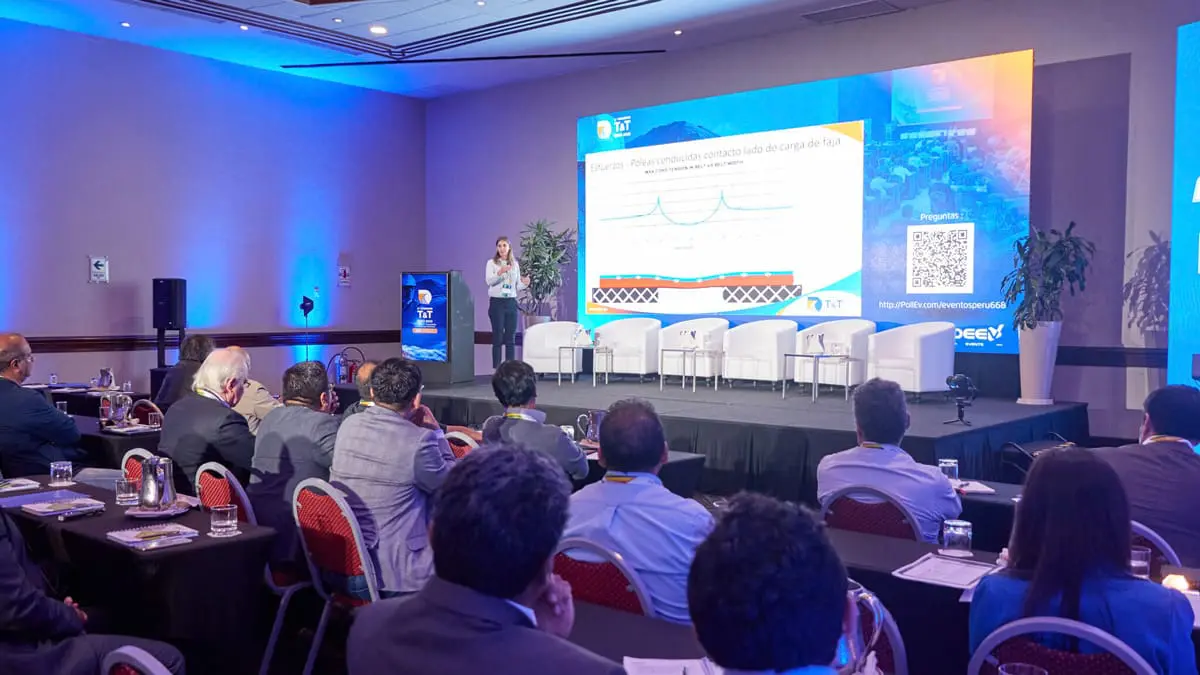Elastotec Cold Bond Adhesive Hardener – Material Safety Data Sheet
| Date prepared: |
13/07/2023
|
Reasons for issue: | NA |
| Date last reviewed: | NA | Next review: |
13/07/2025
|
| Issued by: | Mariana Ballestrin | ||
| Manufacture/Importer Details | |||
| Business name | Elastotec P/L | ABN | 65 137 437 239 |
| Telephone | +61 2 8987 1922 | ||
| Address | Unit 1 / 61 Somersby Falls Road, Somersby NSW 2250 Australia | ||
| Emergency Contact | |||
| Business name | Elastotec P/L | Telephone | As above or after hours +61 452 318 580 |
| mariana@elastotec.com.au | |||
Section 1: Product Identification
| Column 1 | column 2 |
|---|---|
| Product Name: | Elastotec High Temperature Direct Bond Adhesive Hardener |
| Recommended Use: | Curing agent for epoxy resin |
Section 2: Hazards Identification
| Column 1 | column 2 |
|---|---|
| GHS Classifications: | Skin Corrosion – Category 1B Serious Eye Damage – Category 1 Skin Sensitisation – Category 1 Respiratory Sensitiser – Category 1 Acute Toxicity Inhalation (Category 4) Acute Hazard to Aquatic Environment (Category 3) GHS Label elements, including precautionary statements |
| Signal Word: | Danger |
| Hazard Statements | |
|---|---|
| H314 | Causes severe burns and eye damage. |
| H317 | May cause allergic skin irritation. |
| H318 | Causes serious eye damage. |
| H332 | Harmful if inhaled. |
| H334 | May cause allergy or asthma symptoms or breathing difficulties if inhaled. |
| H402 | Harmful to Aquatic Life. |
| Precautionary Statements | |
|---|---|
| P260 | Do not breathe dust/fume/gas/mist/vapours/spray. |
| P261 | Avoid breathing dust/fume/gas/mist/vapours/spray. |
| P264 | Wash hands thoroughly after handling. |
| P272 | Contaminated work clothing should not be allowed out of the workplace. |
| P280 | Wear protective gloves/protective clothing/eye protection/face protection. |
| Response | |
|---|---|
| P301 + P330 + P331 | IF SWALLOWED: Rinse mouth. Do NOT induce vomiting. |
| P303 + P361 + P353 | IF ON SKIN (or hair): Remove/Take off immediately all contaminated clothing. Rinse skin with water/shower. |
| P304 + P340 | IF INHALED: Remove victim to fresh air and keep at rest in a position comfortable for breathing. |
| P305 + P351 + P338 | IF IN EYES: Rinse cautiously with water for several minutes. Remove contact lenses, if present and easy to do. Continue rinsing. |
| P310 | Immediately call a POISON CENTER or doctor/physician. |
| P321 | Specific treatment (see section 4 on this label). |
| P333 + P313 | If skin irritation or rash occurs: Get medical advice/attention. |
| P363 | Wash contaminated clothing before reuse. |
| Storage | |
|---|---|
| P405 | Store locked up. |
| Disposal | |
|---|---|
| P501 | Dispose of contents/container to local. |
Section 3: Composition Information
| Component | CAS No. | Weight % |
|---|---|---|
| Proprietary blend of phenolic polyamines | 68953-36-6 | >= 5 - < 30 |
| Fatty acids, tall-oil, reaction products with tetraethylenepentamine | - | >= 5 - < 30 |
| 3-Aminomethy-3,5,5-trimethylcyclohexylamine | 2855-13-2 | >= 5 - < 0 |
| 2,2’ Iminodiethylamine | 111-40-0 | >= 0.1 - <5 |
| Other ingredients determined not to be hazardous | - | 0 - 10 |
Chemical family: Diethylenetriamine
Section 4: First Aid Measures
| Column 1 | column 2 |
|---|---|
| General Advice: | If poisoning occurs, contact a doctor or Poisons Information Centre. (Phone Australia 131 126, New Zealand 0800 764 766). Seek medical advice. If breathing has stopped or is laboured give assisted respirations. Supplemental oxygen may be indicated. If the heart has stopped begin cardiopulmonary resuscitation immediately. |
| Inhalation: | Remove the source of contamination or move the victim to fresh air. Ensure airways are clear and have qualified person give oxygen through a face mask if breathing is difficult. If symptoms develop and persist seek medical attention. |
| Ingestion: | DO NOT INDUCE VOMITING. Immediately wash out mouth with water. In general no treatment is necessary unless large quantities are ingested, however, seek medical attention. |
| Skin: | Wash affected area thoroughly with soap and water. Remove contaminated clothing and wash before reuse or discard. If symptoms develop seek medical attention. |
| Eye: | If contact with the eye(s) occurs, wash with copious amounts of water holding eyelid(s) open. Take care not to rinse contaminated water unto the non-affected eye. If symptoms persist seek medical attention. |
| First Aid Facilities: | Eye wash and normal wash room facilities. |
| Advice to Doctor: | Treat symptomatically |
| Other Information: | For advice, contact a Poisons Information Center (Phone e.g Australia 131 126) |
Section 5: Fire Fighting Measures
| Column 1 | column 2 |
|---|---|
| Suitable Extinguishing Media: | Use carbon dioxide, dry chemical or foam |
| Hazards from Combustion Products: | Under fire conditions this product may emit toxic and/or irritating fumes including carbon monoxide and carbon dioxide. |
| Precautions in connection with Fire: | Full protective clothing and self-contained breathing apparatus. Operated in a positive pressure mode. Water spray may be used to keep fire exposed containers cool. |
Section 6: Accidental Release Measures
| Column 1 | column 2 |
|---|---|
| Emergency procedures: | Wear appropriate personal protective equipment and clothing to minimise exposure. Extinguish or remove all sources of ignition and stop leak if safe to do so. Increase ventilation. Evacuate all unnecessary personnel. If possible contain the spill. Place inert absorbent material onto spillage. Use clean nonsparkling tools to collect the material and place in a suitable labelled container. Do not dilute material but contain. Dispose of waste according to federal, Environmental Protection Authority and state regulations. If the spillage enters the waterways contact the Environmental Protection Authority, or your local Waste Management Authority. |
Section 7: Handling And Storage
| Column 1 | column 2 |
|---|---|
| Precautions for Safe Handling: | Do not get into eyes, on skin or on clothing. Use only with adequate ventilation. Avoid contact with skin, eyes and clothing. Avoid prolonged or repeated contact with skin, eyes and clothing. Wash thoroughly after handling. DANGER. Corrosive to the eyes, corrosive to the skin. Maybe harmful if swallowed. Causes respiratory tract irritation. May cause skin sensitisation. Containers, even those that have been emptied, can contain hazardous product residues. Wash with soap and water before eating, drinking, smoking, applying cosmetics, or using toilet facilities. Launder contaminated clothing before reuse. Contaminated leather articles, including shoes cannot be decontaminated and should be destroyed to prevent reuse. |
| Conditions for Safe Storage: | Store in a cool, dry, well-ventilated area out of direct sunlight. Keep containers closed when not in use. |
Section 8: Exposure Controls & Personal Protection
| Column 1 | column 2 |
|---|---|
| National Exposure Standards: | No exposure standards have been established for this material by the Australian National Occupational Health and Safety Commission (NOHSC) or the Occupational Safety and Health Service (OHS) of the New Zealand Department of Labour. However, exposure standards for ingredients are stated below: Australian National Occupational Health and Safety Commission (NOHSC) exposure standards: |
| Biological Limit Values: | No biological limit allocated. |
| Engineering Controls: | Provide sufficient ventilation to keep airborne levels below the exposure limit. Where vapours or mist are generated, particularly in enclosed areas, and natural ventilation is inadequate, a local exhaust ventilation system is required. Provide readily accessible eye wash stations and safety showers. |
| Respiratory Protection: | Where ventilation is inadequate the use of an Air Purifying Respirator with a replaceable organic vapour filter complying with AS/NZS 1715 and AS/NZS 1716 is recommended. |
| Eye Protection: | Safety glasses with side shields, goggles or full-face shield as appropriate recommended. Final choice of appropriate eye/face protection will vary according to individual circumstances i.e. methods of handling or engineering controls and according to risk assessments undertaken. Eye protection should conform with Australian/New Zealand Standard AS/NZS 1337 – Eye protectors for Industrial Applications. |
| Hand Protection: | Wear gloves of impervious material such as impervious PVC or rubber gloves. Final choice of appropriate gloves will vary according to individual circumstances i.e. methods of handling or according to risk assessments undertaken. Reference should be made to AS/NZS 2161.1 Occupational protection gloves – Selection use and maintenance. |
| Body Protection: | Suitable work wear should be worn to protect personal clothing. Industrial clothing should conform to the specifications detailed in AS/NZS 2919: Industrial Clothing. |
Section 9: Physical And Chemical Properties
| Column 1 | column 2 |
|---|---|
| Form: | Paste |
| Colour: | Dark Amber |
| Odour: | Amine Odour |
| pH: | Not Available |
| Melting Point: | Not Determined |
| Flash Point: | 195°C |
| Boiling Point: | >204°C |
| Vapour Density: | Not Available |
| Vapour Pressure | <10.34 mmHg @ 21°C |
| Density: | 1.1 to 1.20 |
| Auto-Ignition Temperature: | Not Available |
| Flammable Limits – Lower: | Not Available |
| Flammable Limits – Upper | Not Available |
Section 10: Stability And Reactivity
| Column 1 | column 2 |
|---|---|
| Chemical Stability: | Stable under normal conditions. |
| Conditions to Avoid: | Extremes of temperature and direct sunlight. Exposure to water vapour. |
| Incompatible Materials: | Strong oxidising agents.N-Nitrosamines, many of which are known to be potential carcinogens, maybe formed when the product comes into contact with nitrous acid, nitriles or atmospheres with high nitrous oxide concentrations. Organic acids (i.e acetic acid, citric acid etc). Mineral acids. Sodium hypochlorite. Product slowly corrodes copper, aluminium, zinc and galvanised surfaces. Reaction with peroxides may result in violent decomposition of peroxide possibly creating an explosion. Oxidising agent |
| Hazardous Decomposition Products: | Nitric acid Ammonia Nitrogen oxides (NOx) Nitrogen oxide can react with water vapours to form corrosive nitric acid. Carbon Monoxide Carbon Dioxide Nitrosamine |
Section 11: Toxicological Information
| Column 1 | column 2 |
|---|---|
| Acute oral toxicity | LD50 Low Toxicity Rat LD50 >1080mg/kg |
| Acute dermal Toxicity | LD50 Low Toxicity Rabbit LD50 >1090mg/kg |
| Inhalation | Diethylenetriamine LC50/4h 0.3mg/L (rat) |
| Skin | Caustic effect on skin and mucous membrane |
| Eyes | Strong caustic effect. Strong irritant with the danger of server eye injury |
| Specific Target Organ Systemic Toxicity (Single Exposure) | Evaluation of available data suggests that this material is not an STOTSE toxicant |
| Specific Target Organ Systemic Toxicity (Repeated Exposure) | Except for skin sensitisation, repeated exposures to low molecular weight epoxy resins of this type are not anticipated to cause any significant adverse effects. |
| Carcinogenicity | Many studies have been conducted to assess the potential carcinogenicity of diglycidyl ether of bisphenol A (DGEBPA). Indeed, the most recent review of the available data by the Internationial Agency for Research on Cancer (IARC) has concluded that DGEBPA) is not classified as a carcinogen. Although some weak evidence of carcinogenicity has been reported in animals, when all the data is considered, the weight of evidence does not show that DGEBPA is carcinogenic. |
| Teratogenicity | Resins based on diglycidyl ether of bisphenol A (DGEBPA) did not cause birth defects or other adverse effects on the fetus when pregnant rabbits were exposed by skin contacts, the most likely route of exposure, or when pregnant rats or rabbits were exposed orally. |
| Reproductive Toxicity | In animal studies, did not interfere with reproduction. |
Section 12: Ecological Information
| Column 1 | column 2 |
|---|---|
| Toxicity to fish: | Semi-static test LC50 – Leuciscus idus (Golden Orfe) - 110mg/l - 96.0 h |
| Toxicity to daphnia and other aquatic invertebrates: | Immobilisation EC50 – Daphina Magna (Water Flea) – 23mg/l – 48 h (OECD Test Guideline 202) |
| Toxicity to Algae: | Static test EC50 – Desmodesmus Subspicatus (Green Algae) 29.5mg/l – 72 h |
| Toxicity to bacteria: | EC10 – Pseudomonas Putida - 1,120 mg/l – 18h |
| Persistence / Degradability: | Not available. |
| Mobility: | Not available. |
| Environmental Protection: | Do not allow product to enter drains, waterways or sewers. |
| Other adverse effects: | Harmful to aquatic life |
Section 13: Disposal Considerations
| Column 1 |
|---|
| Dispose of waste according to federal, EPA and state regulations. |
Section 14: Transport Information
| Column 1 | column 2 |
|---|---|
| ADG U.N Number: | UN/ID No: UN2735 Proper shipping name: AMINES, LIQUID, CORROSIVE, N.O.S. (Diethylenetriamine) Class: 8 Tunnel Code: (E) Packing Group: II ADR/RID Hazard ID no: 80 Marine Pollutant: Yes |
| IATA: | UN/ID No: UN2735 Proper shipping name: AMINES, LIQUID, CORROSIVE, N.O.S. (Diethylenetriamine) Class: 8 Packing Group: II Marine Pollutant: Yes ERG: 8L |
| IMDG: | UN/ID No: UN2735 Proper shipping name: AMINES, LIQUID, CORROSIVE, N.O.S. (Diethylenetriamine) Class: 8 Packing Group: II Marine Pollutant: Yes EmS: F-A,S-B |
| RID / ADR: | UN/ID No: UN2735 Proper shipping name: AMINES, LIQUID, CORROSIVE, N.O.S. (Diethylenetriamine) Class : 8 EAC: 2X HIN: 86 Packing Group: II Marine Pollutant: Yes |
Section 15: Regulatory Information
| Column 1 | column 2 |
|---|---|
| Regulatory Information: | Australia: Classified as hazardous according to criteria of National Occupational Health and Safety Commission (NOHSC). |
Section 16: Other Information
| Column 1 | column 2 |
|---|---|
| Contact Person/Point: | Mariana Ballestrin: +61 2 8987 1922 Elastotec. Unit 1 / 61 Somersby Falls Road, Somersby NSW 2250 Australia |
The information provided in this Safety Data Sheet is correct to the best of our knowledge, information and belief at the date of its
publication. The information given is designed only as a guidance for safe handling, use, processing, storage, transportation, disposal
and release and is not to be considered a warranty or quality specification. The information relates only to the specific material designated
and may not be valid for such material used in combination with any other materials or in any process, unless specified in the text.











